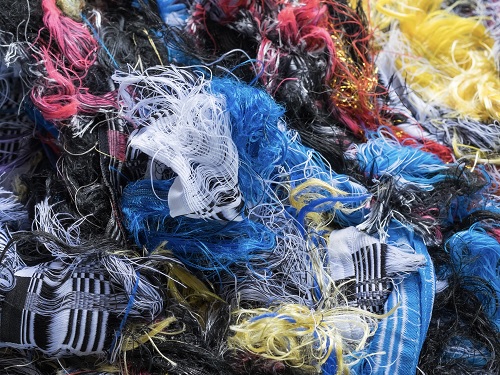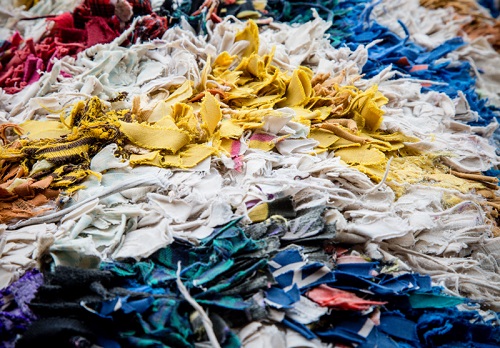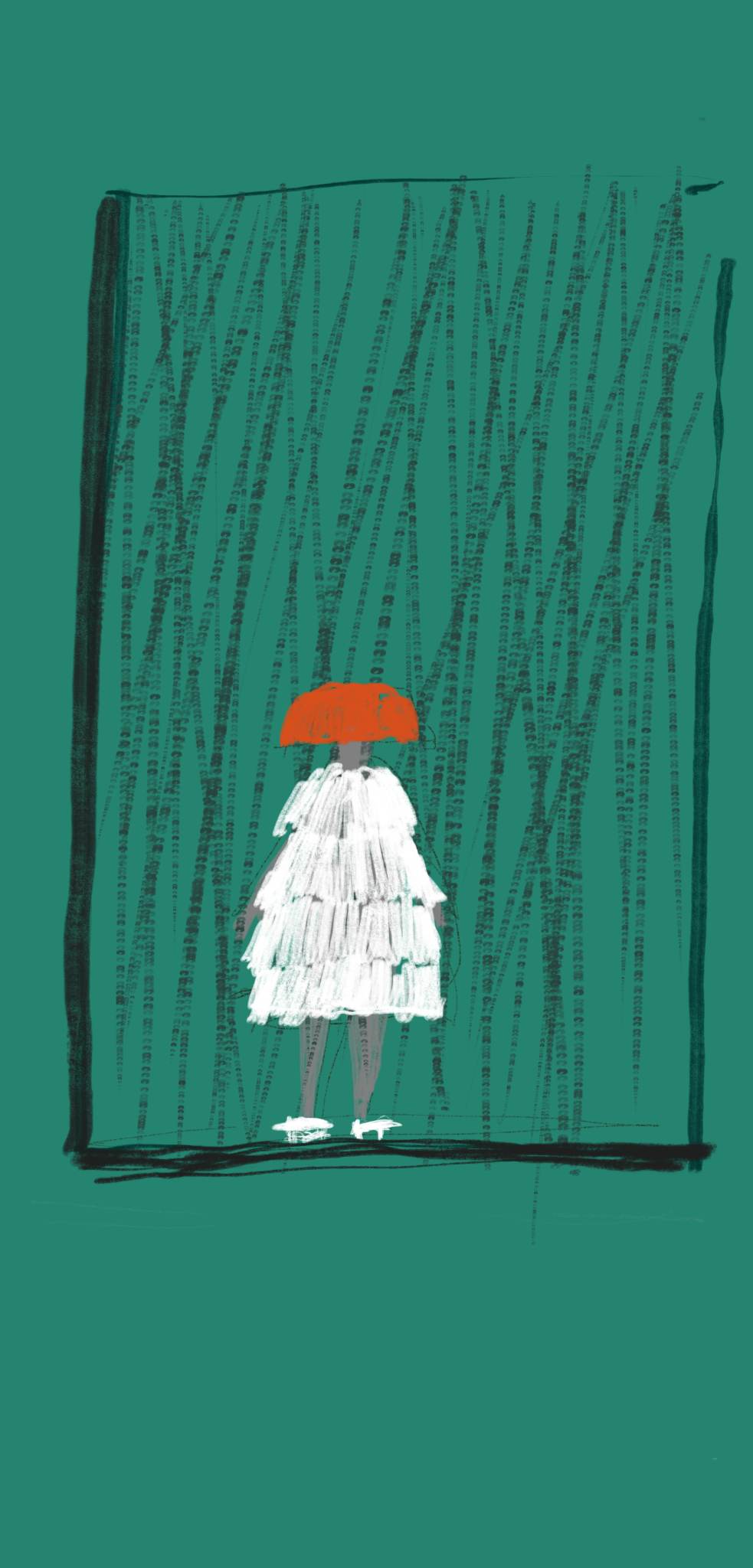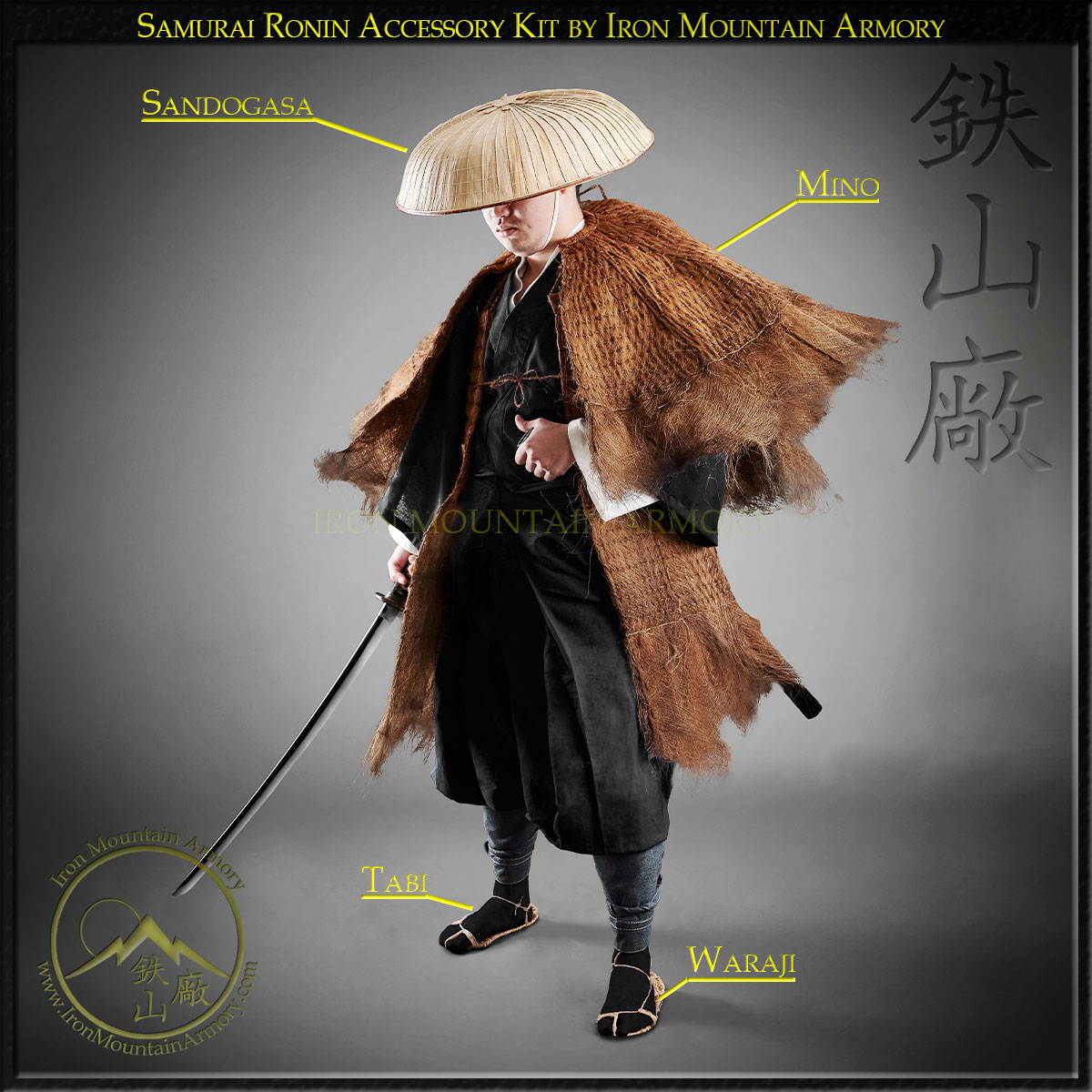11. Implications and applications¶
As I understand it...Fabricademy is not a fashion course, but rather a program to take a hard look at the fashion industry and address its negative implications. The issue that I am personally most interested to tackle...is the issue of textile waste.
From an article titled How to reduce waste in the textile industry? by Shubhranka Mondal...an estimated 92 million tonnes of discarded textile waste is generated each year. The culprit is not only scrap material resulting from the manufacturing process, but also clothing that is retired when consumers purchase new clothes (prompted by size changes or fashion trend upkeep, etc). Studies indicate that in the UK and the USA textile waste accounts for 5% landfill garbage. And landfills, a notorious generator of methane gas, are an aggressive producer of greenhouse gases.
I would like to address the issue of Textile Waste in my Fabricademy Final Project.
Research & Concept¶
I intend to explore Textile Waste from 2 approaches...
- Utilizing scrap textile manufacturing material for the fabrication of garments
- Extending the life of garments by constructing it a manner that it is easily customizable and repairable
For the first approach, I would like to explore the use of waste high-tech materials from the manufacturing of performance outdoor gear...as well as waste plastics (from discarded umbrellas, etc.). Rescue unwanted material for fabrication to prevent it from being discarded and end up in a landfill.
For the second approach, I would like to design garments that makes intelligent use of Modularity in its construction...to improve the garment's ability to be repaired (if it gets damanged) and customized (if a different size or style is desired)...and as a result, extend the garment's useful life.


Explore the Positive Use of Plastics in Garment Creation¶
The word 'Plastic' has taken on a negative connotation in recent years...particularly its role in damaging the natural ecosystem. I beleive that a 'Plastic Waste Problem' does exist...which is not a result of the inherent characteristics of the material...but rather the quantity of its production and the thoughtless and casual manner in which this material is consumed and discarded.
Plastic is a durable material with properties that offer many positive benefits to modern humans. Plastics ubiquitous to modern life and play many important roles such as food contamination reduction, extreme climate personal protection, and life-saving medical devices (artificial heart, stents, etc.).
I argue that plastic is a ligitimate material for garment production...if responsibly produced and discarded.
Why is Plastic Bad for the Planet?
- The manufacturing process is bad for the planet
- Single use plastic items
- Not all plastics are recyclable
- Recyclable Plastics are not 100% recyclable
- Not all Recyclable Plastics are being recycled
- The degradation time of plastic is 1000yrs or more
- The plastic degradation process leaches toxins into the environment
- Ocean borne plastic harm sea life
Why is Plastic Good! (Some of the Time)
- Plastic medical devices
- Plastic safety gear
- Plastic home insulation
- Plastic food freshness & sanitation protection
- Plastic toys and playground equipment
- Resuable plastic items
The Impact of Textile Production and Waste on the Environment
Methods and Technologies for Textile Wastes Recycling

My Fabricademy will address the issue of Waste in the Textile Industry. The project...called M1N0/A Raincoat for a Future Fiction...will explore:
- The production of Long-Life Garments that can be survive time, usage...and short-lived fashion trends.
- The usage of Textile Waste as the garment's construction, customization and repair material.
- The employment of Computational Design and Digital Fabrication methodologies to make the garment accessible and replicable by anyone anywhere.
References & Inspiration¶



Assignment¶

Why, What, Who, When, Where?¶
M1N0 is a modern raincoat that utilizes modern waste material for its construction.
The M1N0 will benefit from past wisdom but be Future Forward, will aim to be a garment that celebrates Utility and the Aesthetic of Technology.
who¶
everyone.
what¶
Raincoat.
when¶
Near future.
where¶
Japan.
why¶
Sustainability. Utility. Accesibility. Motainai.
UPPSS
I understand UPPSS for my project to be defined by the following...
Value > textile waste reduction, broad economic accessibility, broad fabrication accessibility, high utility, culturally substantive
Stakeholders > ordinary people, technical clothing/gear manufacturers
Service Interface > DIY centers, Outdoor clothing/gear purveyor, internet (fabricademy documentation)
Product Service System >
1. High desire to have functional, attractive, bespoke weather resisting garment...low desire to overpay for style or brand, or be unaware of the environmental implication of a commercial product
2. Internet search for DIY options for such a garment...discover instructions for the fabrication of the M1N0
3. Make personal decisions about materials to be used in the construction of the M1N0...based on cost, environmental concern, aesthetics, customized fit, etc.
4. Source parts...making qualified choices about the material to be used...and how and where to procure it
5. Source tools...to fabricate the garment
Service Front and Back End > will be completely the purview of the end-user
The M1N0 is not intended to be a commercial product...but a functional and aesthetic garment that everyone, anywhere can make. As such, not all aspects of the UPPSS concept is relevant to it.
The M1NO will be at its most basic form...a proof-of-concept project...to show that humble materials and simple methodologies and techniques can be applied to result in a garment that has legitimate utility and some aesthetic appeal. While this 'Test Project' will utilize purchased materials from ubiquitous 'DIY Centers', the future intent is to apply the techniques developed in the fabrication of this project to 'Scrap Materials' as well...an effort to reduce textile waste.
In its near-term form, the M1N0 can be a garment that almost anyone can make for themselves utilizing easy to find, inexpensive materials. A DIY bespoke garment using materials from a DIY center. It is craft...nudged slightly towards the next level.
In its future form, the M1N0 would utilize scrap technical materials (gortex, dynema, etc.) generated by high-tech garment and outdoor bag makers...or even textile and material from discarded umbrellas (which I have been collecting opportunistically)...in its construction. I believe that the methods I developed to 'weave' the outer layer of the M1N0 garment could be modified to utilize other material 'strips'.
It is my intention to utilize the Final Presentation video and images of my M1N0 project to approach potential stakeholder partners local to me...to inspire them to make use of their 'waste scraps' to do something similar to the M1N0...either independently or in collaboration with me.
Slide show¶
Class Notes¶
Oscar Tomico
- Take a pause from making and learning...and reflect on what you have learned...and how you want to apply it to a final project
- From designing product to designing material properties
- Hacking the production process
- Prioritize what in fashion production: aesthetics, performance, protection, etc.
Note: What does 'Fashion' mean? What is its purpose Note: Satisfying 'Intellect' or 'Desire'? Note: Ask how we are improving on the status quo Note: I still don't know how to make a pattern to cut fabric that will fit a human body Note: Use weakness as a strength Note: Use Grasshopper to generate a more beautiful patterning of the Mino's 'Straws'
- Moving from small projects...to an integrated project that reflects HOW you design
- Customization...vs Standard Sizing (S,M, L, XL)
- No wasted material...trim pieces
- Rethink current Aesthetics
-
How has what has been learned changed your design practice? Be a driver of change?
-
Elevate other considerations in the design and fabrication of apparel
- Alternative to what exists
- Activism rejection of the politics of the status quo methodologies
- The behavior of the garment can change